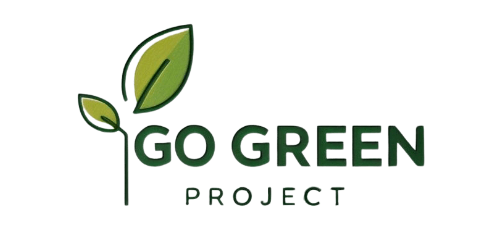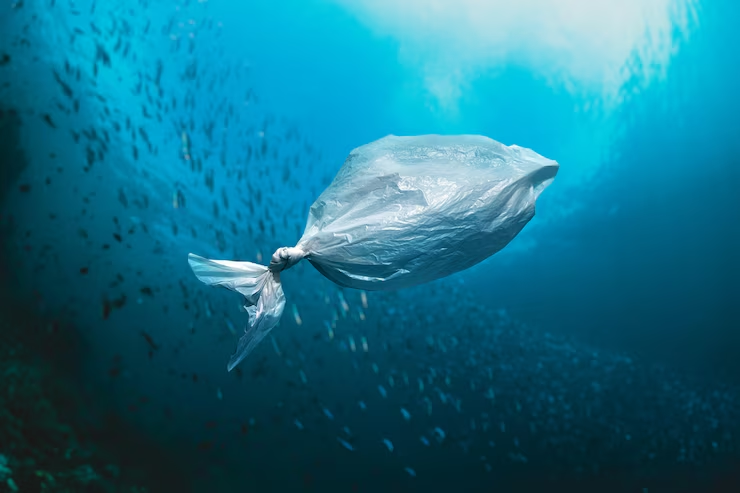Students explore the impacts of plastic pollution in Australia and learn how they can make a difference through engaging discussions, storytelling, hands-on art, and action-based reflection.
🎨 Download our free “Plastic in the Australian Environment” Colouring Pages
Year Levels F–2
Curriculum Links (v9)
- Science – Science Understanding:
AC9S1U01 – Living things have basic needs, including food and water.
AC9S1U03 – Materials can be changed or combined. - HASS – Knowledge and Understanding:
AC9HS1K03 – How people care for places. - Visual Arts:
AC9AVA2C01 – Explore ideas and artwork through observation and imagination.
Learning Objectives
- Understand what plastic is and how it can harm Australian wildlife.
- Identify ways to care for the environment.
- Express learning through art using the downloadable colouring sheets.
Activities
- Storytime and Discussion: Read a story such as “Somebody Swallowed Stanley” and discuss the message.
- Show and Tell: Bring in a common plastic item from home and discuss what happens if it ends up in nature.
- Colouring Activity: Use the “Plastic in the Australian Environment” colouring pages and discuss the animals featured.
- Reflection Circle: Share one way each student can help nature (e.g., pick up rubbish, use a drink bottle).
Checks for Understanding
- Verbal participation in discussion.
- Completed colouring sheet with a verbal or written sentence about its meaning.
Year Levels 3–4
Curriculum Links (v9)
- Science – Science as a Human Endeavour:
AC9S4H01 – Scientific knowledge helps people to understand the effects of their actions. - HASS – Knowledge and Understanding:
AC9HS4K03 – The importance of environments to animals and people, and how they can be protected. - Visual Arts:
AC9AVA4C01 – Use materials, techniques and processes to communicate ideas in visual artworks.
Learning Objectives
- Describe the impact of plastic pollution on ecosystems.
- Explore personal responsibility and action.
- Create visual representations to inspire others.
Activities
- Fact Finding: Present key facts (e.g. “Turtles mistake plastic for jellyfish”) and ask students to sort these into “shocking” or “important.”
- Mini-Research: In pairs, research one Australian animal affected by plastic and present findings.
- Trash Art Challenge: Create a group artwork using clean recycled materials, showing a healthy vs polluted environment.
- Colouring for Action: Complete a colouring page and write a short persuasive sentence: “Why we need to protect [animal].”
Checks for Understanding
- Group presentation or poster.
- Creative artwork with student explanation.
- Participation in class discussion.
Year Levels 5–6
Curriculum Links (v9)
- Science – Science Understanding:
AC9S6U02 – The physical properties of materials influence their use.
AC9S6H01 – Scientific knowledge is used to inform personal and community decisions. - HASS – Knowledge and Understanding:
AC9HS6K03 – The impact of people on the environment and how it can be managed. - Visual Arts:
AC9AVA6C01 – Develop and communicate meaning through visual arts.
Learning Objectives
- Evaluate the long-term impacts of plastic pollution.
- Identify real-world solutions and personal actions.
- Communicate messages creatively to raise awareness.
Activities
- Plastic Debate: Students debate: “Should single-use plastics be banned in Australia?”
- Eco-Action Plan: Each student designs a realistic action plan (home/school-based) to reduce plastic use.
- Colour and Campaign: Use a colouring sheet as a poster base. Add slogans or facts to turn it into an awareness campaign.
- Data Dive: Investigate Australia’s plastic recycling rates and present a visual infographic.
Checks for Understanding
- Debate participation and reasoning.
- Completed action plan.
- Visual artwork with integrated messaging.
- Class reflection: “One thing I will do to fight plastic pollution is…”
Read: The Best Sustainability Books for Kids for International Children’s Book Day
Resources Needed
- Free “Plastic in the Australian Environment” colouring pages
- Storybooks: Somebody Swallowed Stanley, A Plastic Ocean
- Access to clean recyclables (for trash art)
- Markers, crayons, scissors, glue
- Internet access (Years 3–6) for mini-research
Extension Ideas
- Organise a school-wide Plastic-Free Lunch Day
- Display artworks in a “Protect Our Planet” hallway gallery
- Collaborate with local councils for a community clean-up project
Download Our Free Colouring Pages!
Ready to get creative while learning about the environment?
These printable colouring sheets feature Australian animals and scenes fun to help spark meaningful conversations with kids about plastic pollution.

